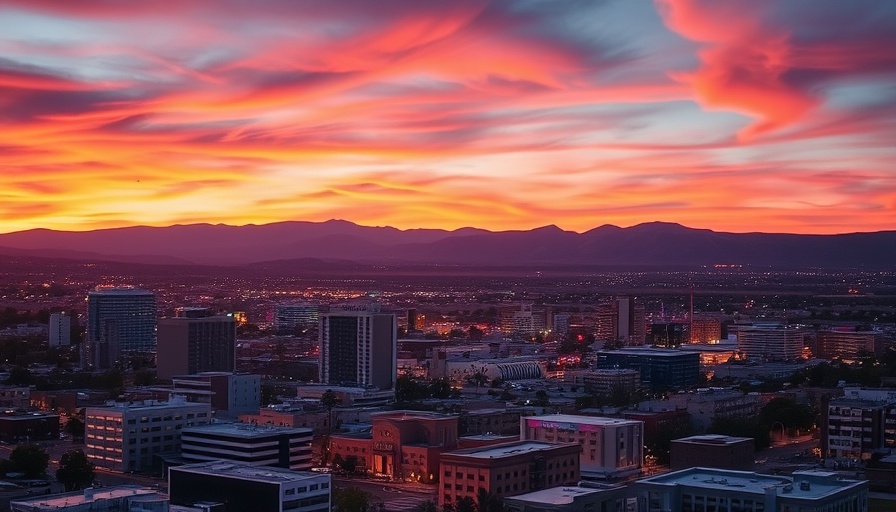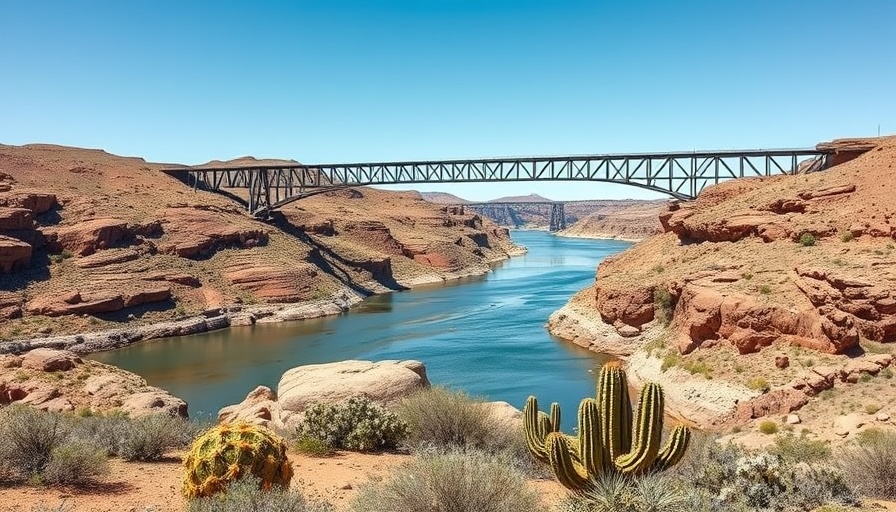
Rediscovering El Paso's Hidden Historical Treasures
At the confluence of cultural narratives and historical events, El Paso stands as a city rich in overlooked legacies. In his posthumous work, The Crossing: El Paso, the Southwest, and America’s Forgotten Origin Story, Richard Parker prompts us to re-evaluate how we perceive this complex border city. He invites readers to wander through the forgotten crossings of the Rio Grande where history begins, a juxtaposition of vibrant cultures and faded memories.
The Weight of History on Unseen Corners
El Paso's history is often overshadowed by the sprawling narratives of Texas's other cities, despite its unique contributions to America's tapestry. Parker emphasizes the significance of the Rio Grande crossing, not as a mere geographical marker but as a historical foundation where the Spanish empire initiated expansion into the western frontier. It’s at this border—skewed by modern political implications and forgotten by many—that European and Indigenous legacies meld, fueling the city’s layered identity.
A Journey Through Forgotten Paths
The stunning descriptions of Parker's childhood visits to sites like the El Paso del Norte evoke imagery of a place both monumental and marginalized. From La Hacienda Mexican restaurant, once a lively point of access to these historical crossings, to the now-derelict monuments that commemorate figures like James Magoffin, the essence of El Paso is filtered through neglect and boundaries. Such explorations question the narratives imposed by history books—rendering some truths too inconvenient for public memory.
Access Restricted: A Symbol of Modern Challenges
With the closing of La Hacienda, access to these historical landscapes was literally fenced off, echoing a broader trend in how societies selectively manage spaces of memory. The very act of erecting fences around history serves as a metaphor for our contemporary struggles with identity, immigration, and belonging. Parker's narrative calls for an awakening—a recognition that the stories behind these forgotten crossings deserve revitalization and remembrance.
El Paso vs. the Lone Star Narrative
Unlike the verdant, populous lands that characterize much of Texas, El Paso presents a starkly different landscape—a dry desert that marks it as a unique cultural outlier. Parker captures this disconnect, examining how El Paso’s identity challenges the conventional notions packaged by the Lone Star narrative. It’s more than just geography; it’s about how history and people are intertwined in this less traversed Texas, where the desert's ruggedness tells stories of resilience.
Future Perspectives: Embracing Cultural Heritage
As we probe deeper into the historical context provided by Parker, we come to recognize potential avenues for revitalizing El Paso’s cultural landscapes. By embracing its multifaceted history—rich with the narratives of Native tribes, Spanish settlers, and Mexican immigrants—the city can forge an identity that resonates within the modern fabric of America's diverse society.
Lessons from the Past: What Can We Take Forward?
Parker’s work encourages a broader discussion about the role of history in shaping community dynamics. The forgotten crossings serve not only as lessons of what was once significant but also how contemporary society can draw from these lessons to foster unity in diversity. Understanding and articulating these histories offers an opportunity to bridge divides that still resonate in present-day national dialogues.
Time to Reconnect and Remember
For those of us who live in and around El Paso, the time is ripe to reconnect with our historical roots. Engaging with local narratives, visiting significant sites, and sharing stories can breathe life back into these forgotten crossings. Whether through community events, literature discussions, or cultural exchanges, each small effort contributes to reviving the pride of a city brimming with untold stories.
As we reflect on Parker's profound insights, let’s strive to keep the memories alive. With active participation, we can ensure that El Paso’s history is not just seen but celebrated, a key component that shapes our present and future.
 Add Row
Add Row  Add
Add 




 Add Row
Add Row  Add
Add 


Write A Comment